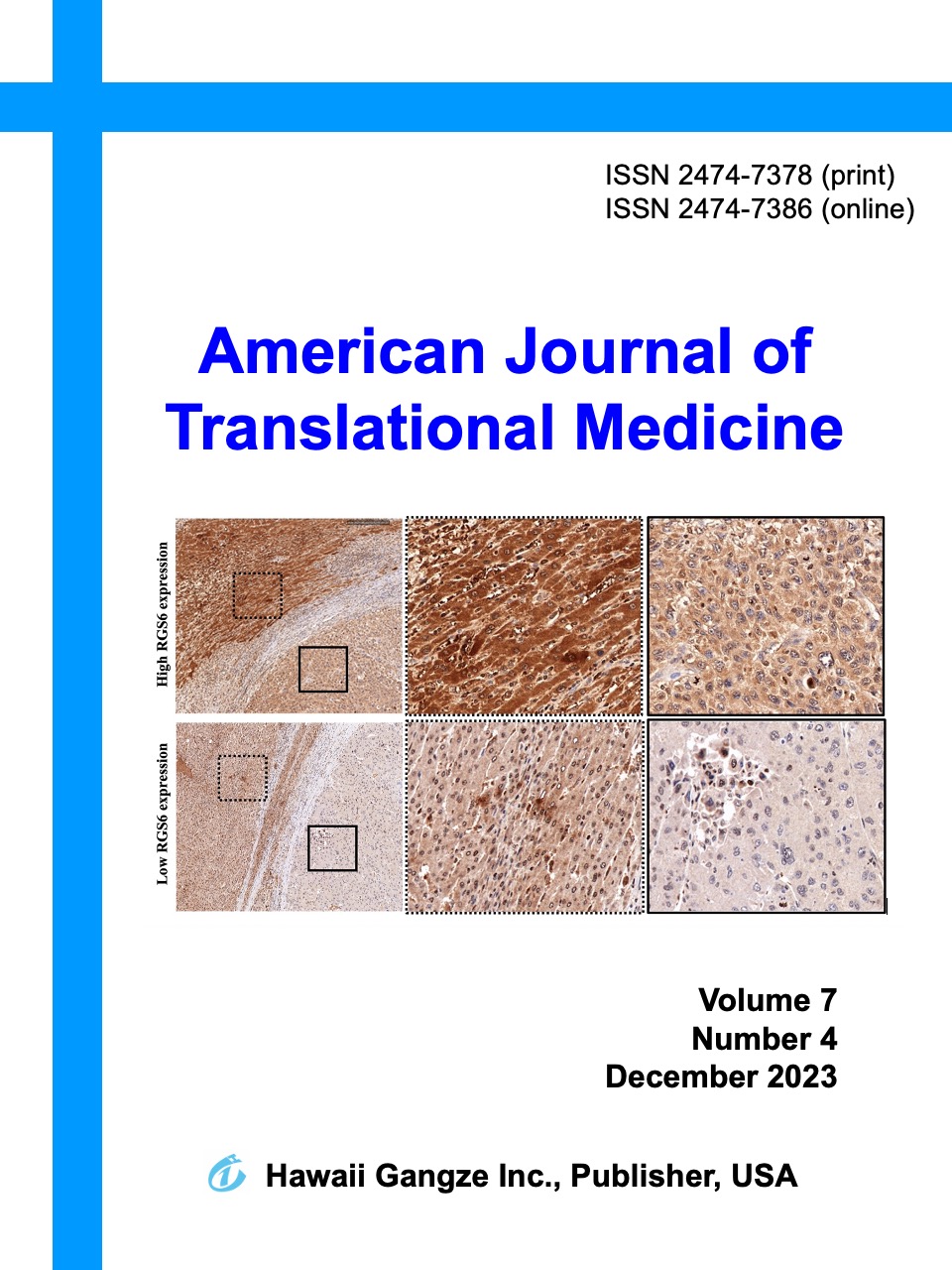Abstract
Objective: This study explored the utility of CEST-MRI for diagnosing disuse atrophy in calf muscles by evaluating the phosphocreatine (PCr) concentration in skeletal muscles. Methods: CEST-MRI was employed to investigate metabolic changes in calf muscle atrophy. Z-spectra with varied saturation amplitudes were acquired. A quantitative analysis was performed using both Lorentzian difference (LD) and a generalized QUCESOP (gQUCESOP) method. LD analysis and gQUCESOP consistently revealed a reduction in PCr concentration in atrophic calf muscles compared to their normal counterparts. Results: The LD and gQUCESOP methods provide robust evidence of diminished PCr concentration in atrophied calf muscles, highlighting the potential of CEST-MRI in assessing disuse atrophy. Conclusion: CEST-MRI, with its capacity to quantitatively measure PCr concentration, holds promise as a valuable diagnostic tool for disuse atrophy in calf muscles, offering insights into the metabolic alterations associated with muscle wasting.

